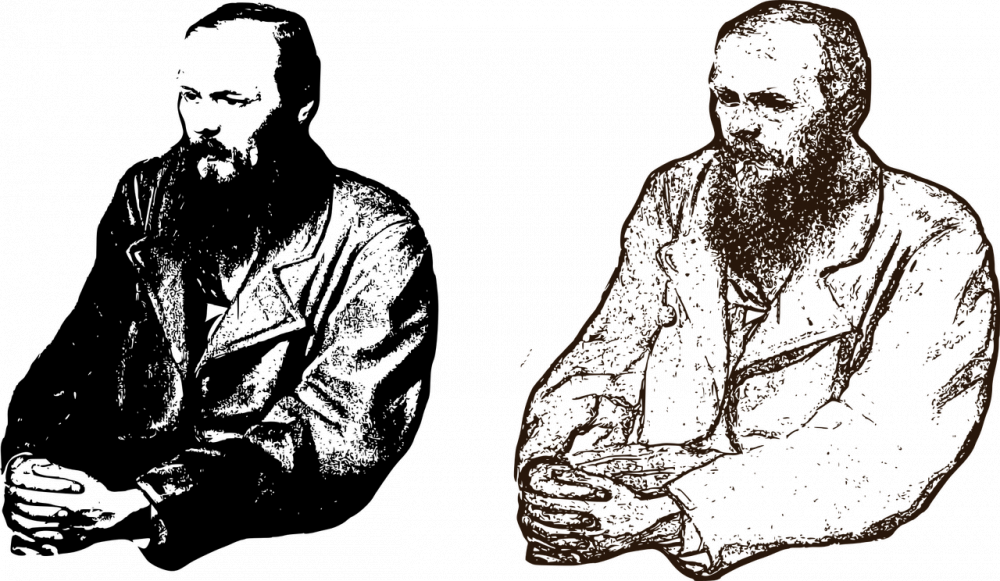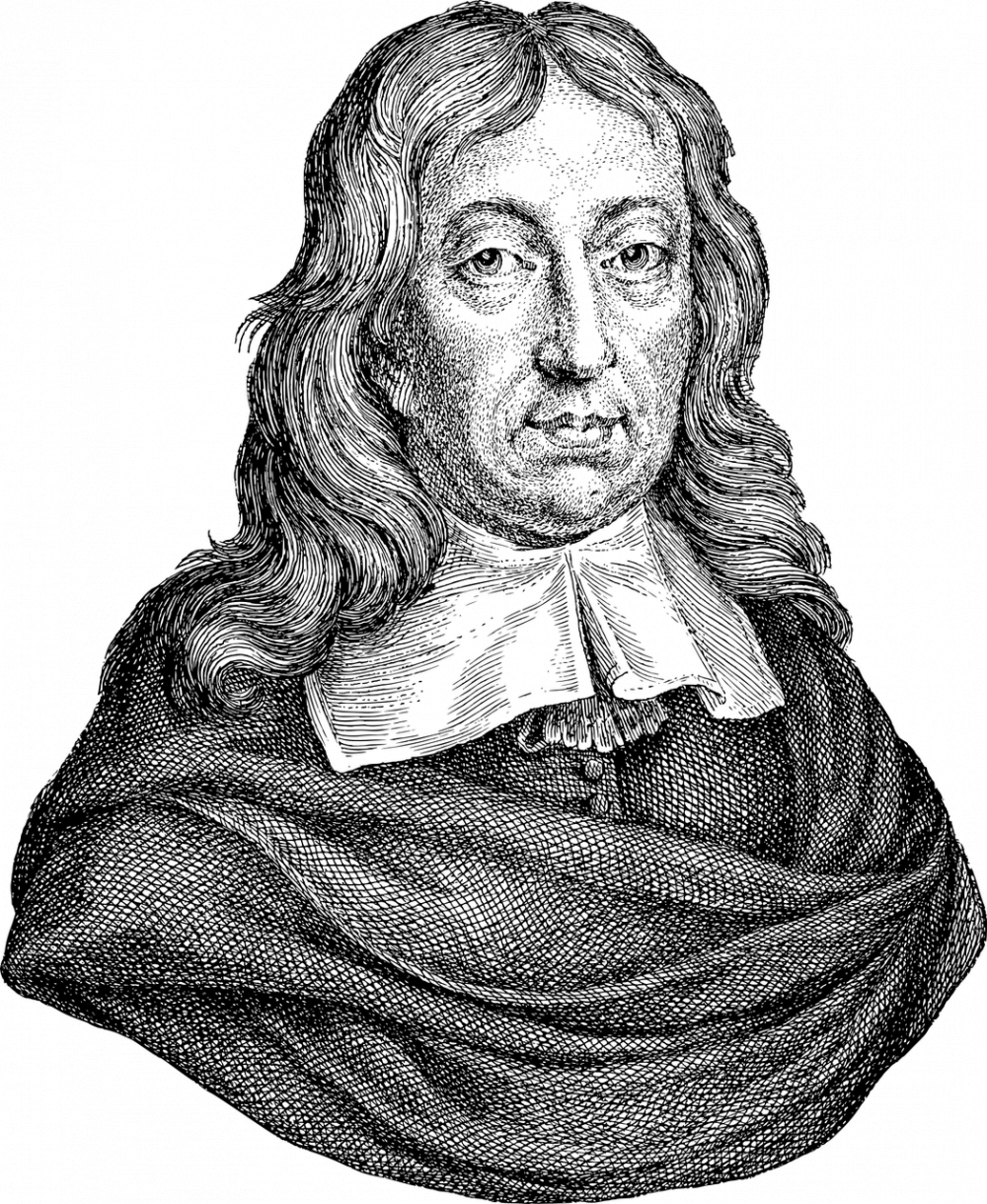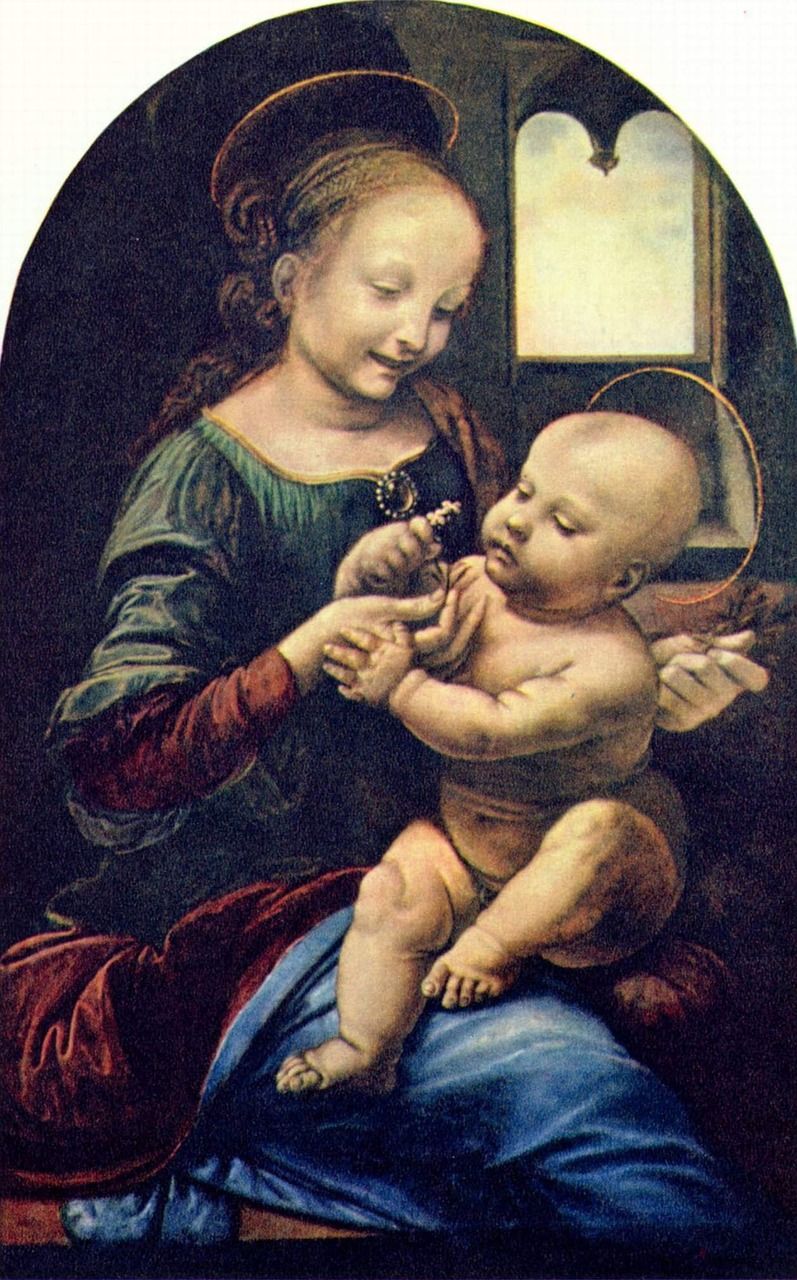Edgar Allan Poes The Raven: A Timeless Masterpiece
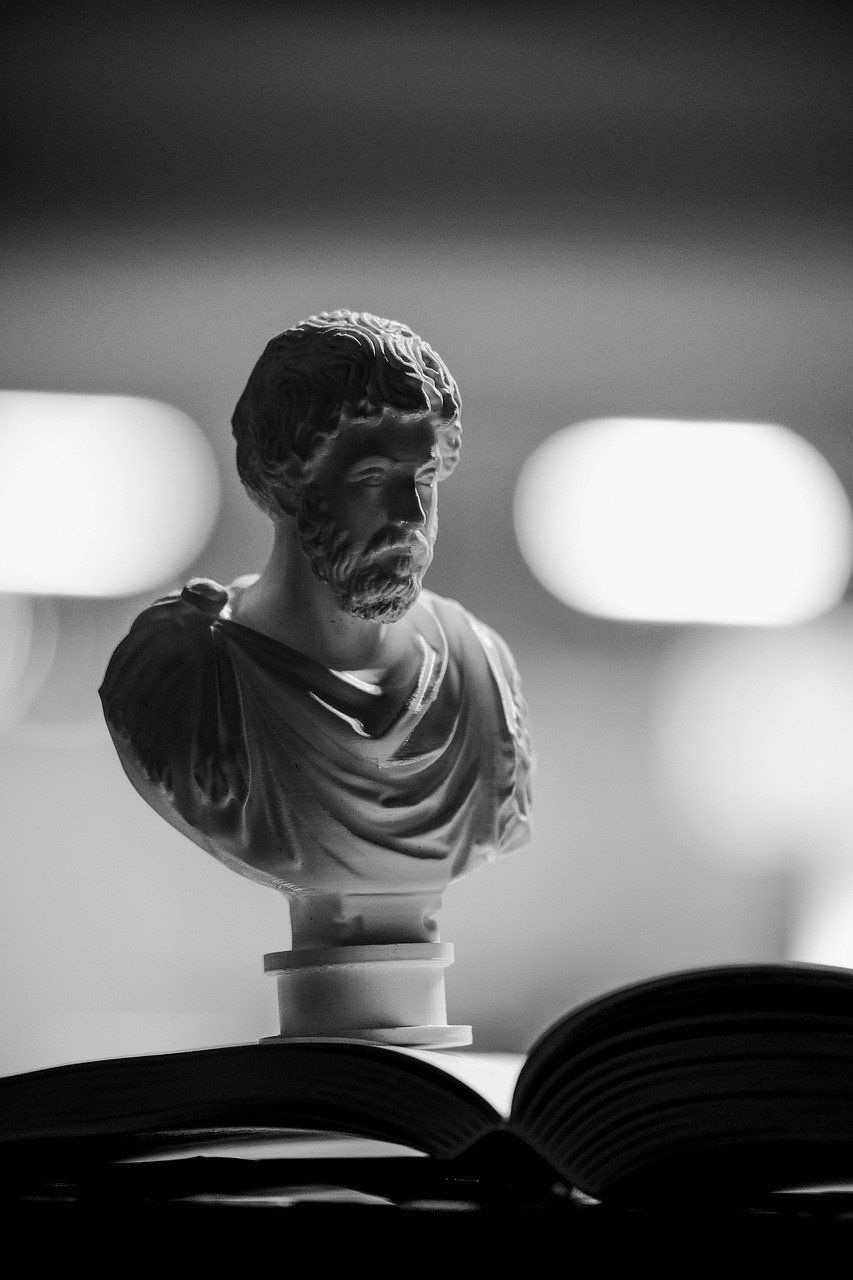
Introduction
:
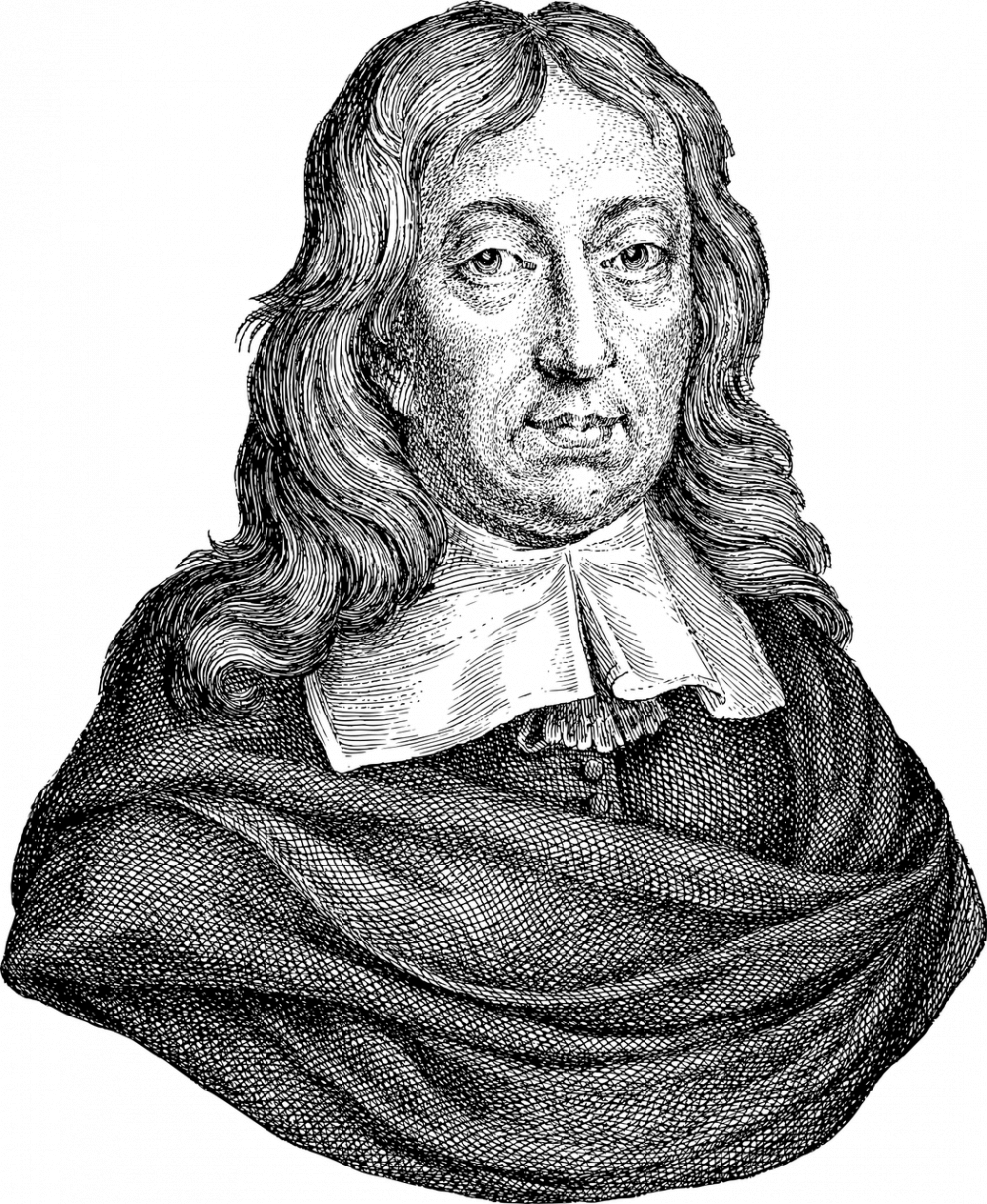
One of the most renowned works in American literature, “The Raven” by Edgar Allan Poe, continues to captivate readers with its hauntingly beautiful verses and enigmatic storyline. This article aims to provide a comprehensive overview of the poem, delving into its significance, historical context, and evolution over time. Whether you are a curious newcomer or a seasoned Poe enthusiast, join us on a journey to explore the depths of “The Raven.”
The Significance of “The Raven”
:
“The Raven” was first published in 1845 and quickly rose to prominence for its melancholic atmosphere and poetic brilliance. Written in the form of a narrative poem, it tells the story of a grieving lover who is visited by a talking raven that brings him memories of his lost love, Lenore. The poem’s themes of loss, grief, and the supernatural have resonated with readers for generations, making it a timeless exploration of the human condition.
Historical Development of “The Raven”
:
Since its publication, “The Raven” has undergone various transformations and interpretations. Initially met with mixed reviews, it gradually gained recognition as one of Poe’s most celebrated works. The poem’s dark and mysterious elements aligned with the Gothic literary movement, which was popular during the 19th century. Its themes of death and despair struck a chord with readers of the time, reflecting the era’s fascination with the macabre.
Over the years, “The Raven” has inspired countless adaptations, including theatrical performances, musical compositions, and even films. Its influence can be seen in the works of other notable writers such as H.P. Lovecraft and Stephen King, who have continued Poe’s tradition of exploring the darker aspects of human existence. This enduring presence in popular culture is a testament to the poem’s lasting impact on literature.
Structuring the Text for Featured Snippet Potential:
Introduction
The Significance of “The Raven”
– Hauntingly beautiful verses and enigmatic storyline
– Themes of loss, grief, and the supernatural
Historical Development of “The Raven”
– Initial mixed reviews and subsequent recognition
– Alignment with the Gothic literary movement
– Influence on popular culture and other authors
Conclusion
Conclusion:
In conclusion, “The Raven” by Edgar Allan Poe stands as an unparalleled work of poetic brilliance, encapsulating the depths of human emotion and the enduring allure of the macabre. Its timeless themes and haunting verses continue to resonate with audiences, making it a beloved masterpiece in American literature. As we delve into the depths of Poe’s poetic genius through “The Raven,” we are reminded of the power of words to engage our imagination and touch our souls.
As we look back on “The Raven’s” historical journey and explore its immeasurable influence, we are left in awe of Poe’s enduring legacy and the impact of this masterpiece on art, literature, and culture. Whether you are a seasoned enthusiast or a curious newcomer, Poe’s “The Raven” invites you to immerse yourself in its dark beauty and embrace the mysteries within.
